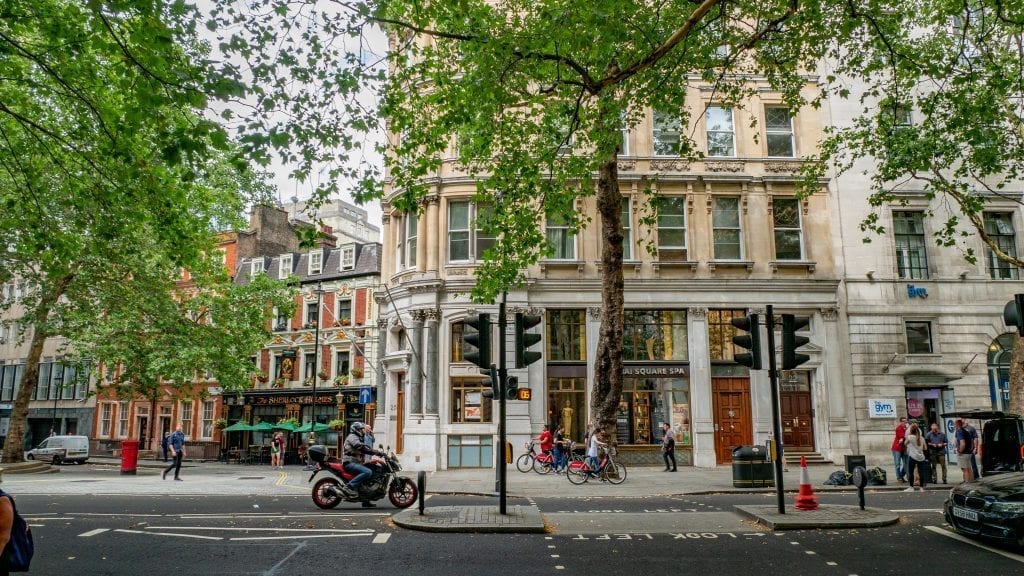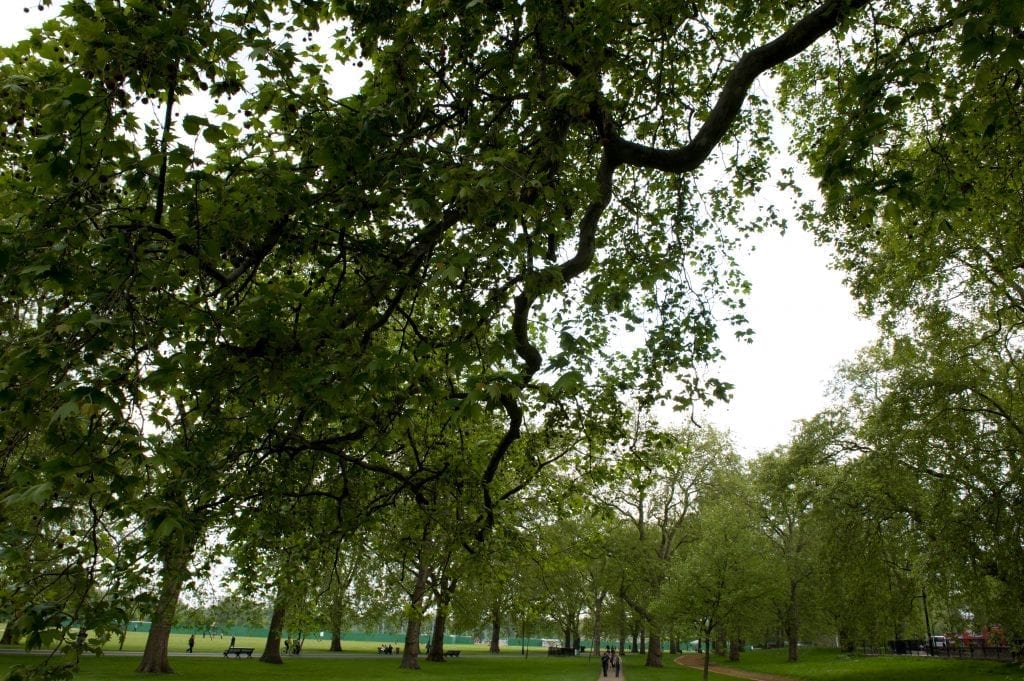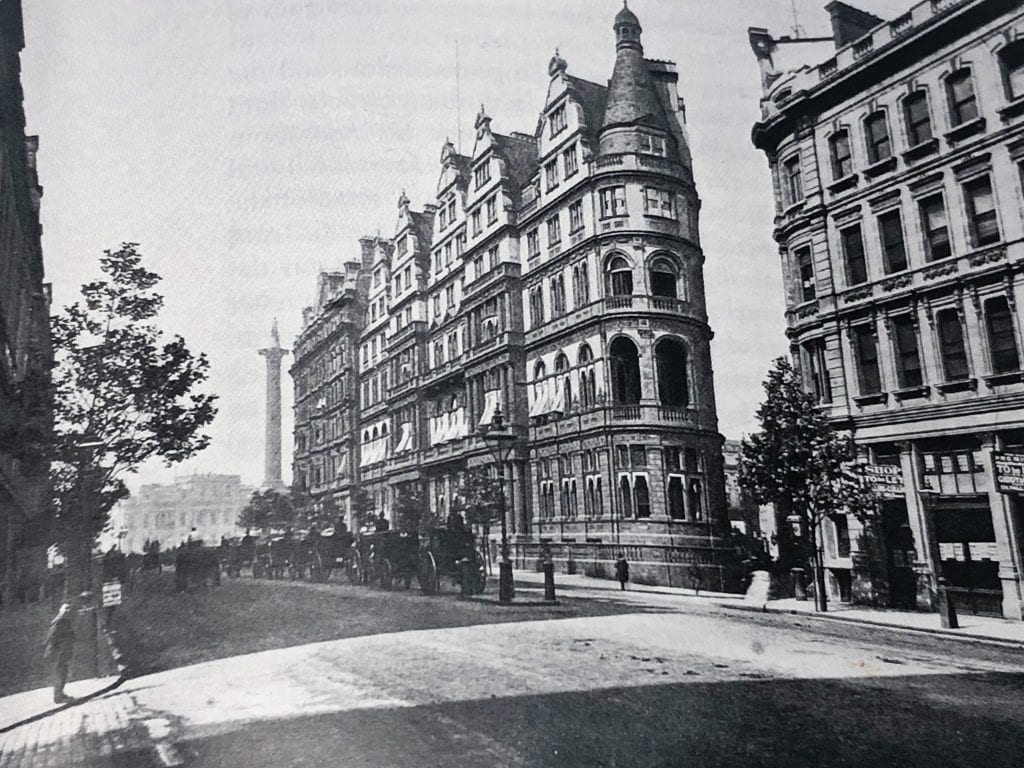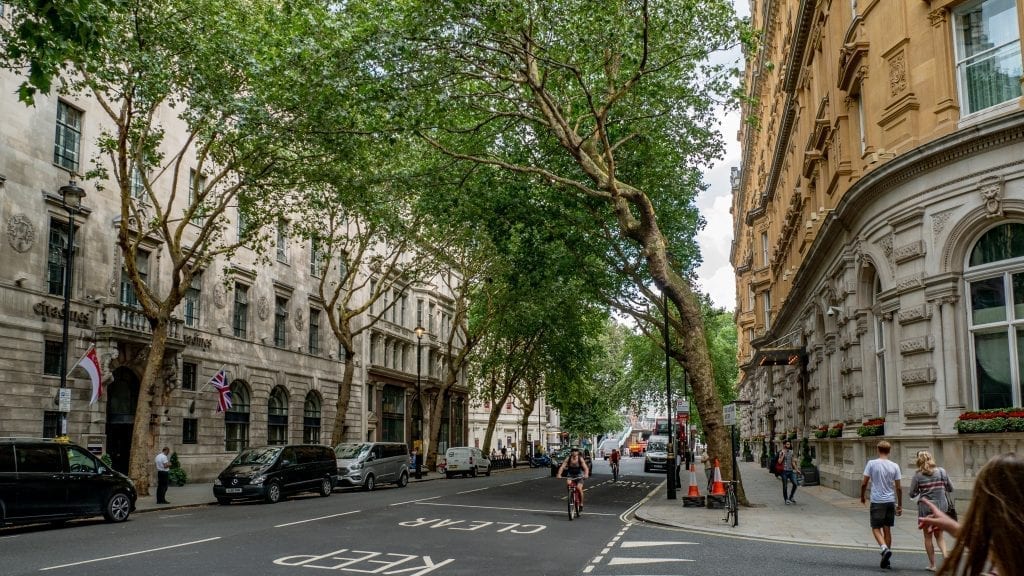Many of our older cities are enjoying the benefit of large, old canopy volume trees – a wonderful legacy from a bygone era which is almost impossible to put a monetary value on. In terms of ecosystem benefit, these trees form the living green backbone of carbon sequestration, stormwater interception, urban cooling in our urban space – along with multiple other benefits. All of this combines to make cities a healthy and pleasant environment.

So how did that happen?
In the vast majority of cases, these trees succeeded through being able to exploit relatively uncompacted below ground conditions which prevailed in our cities when they were growing during the industrial revolution. The engineering standards for paving design were geared predominantly around pedestrian and horse drawn traffic utilizing permeable cobble and sett paving on the surface. The by-product of horse drawn traffic did its bit to help, as rain fall washed manure between the pavers! In other cases, we can see root paths visible near the surface, as trees access adjacent parkland, gardens and cemeteries. Still others are sustained by the myriads of leaks which exist in ageing water infrastructures.

But this is not the only reason we have some wonderful trees, and what we are now discovering is that the Victorian engineers were more far sighted than we had previously appreciated. The arboricultural expert Dr Mark Johnston throws fresh light on this subject in his excellent book “Street Trees in Britain” which is a well-researched history on this subject. In this book he details how they went about their tree pit design quoting their own words:
“The modes of lessening the super incumbent pressure of the soil under the foot way are three: First, by vaulting; filling the vaults with the proper soil, preserving vertical and lateral communications for the introduction of water from the gutter between the pathway and the roadway, and forming a footpath of gravel, or other suitable material, over the vaults. Secondly, by building up piers from the bottom of the stratum of prepared soil to the surface, and on these piers resting flagstones to form the footpath; provision for the entrance if water being made as before…” Loudon 1830 p645,646

Another extract by Edwards in 1898, further describes how the new tree root zone in Northumberland Avenue, London was protected using girders to support the grating and footpath:
“to secure the well being on the trees, pits were formed and filled with proper soil, and a foot way surrounding the trees was covered with an open grating to admit the rain and air to the soil and enable it to be stirred and kept loose on the surface. The grating and foot way were supported independently by girders over the tree pits, so as to prevent the settlement of the paving and the hardening of the ground around the roots of the trees.”
Note the reference to ‘proper soil’ and ‘vaulting’. At GreenBlue Urban, this interests us hugely – as what they describe is essentially the same concept as the more recent RootCell, which was commercially launched in 2001, and the RootSpace system launched in 2016, so we decided to have a closer look at Northumberland Avenue mentioned above.
In summer time, the visual impact of these trees is amazing – a linear green oasis of a street, allowing one a cool and pleasant walk between the Embankment and Trafalgar Square. What is also noticeable is that compared with similar age trees, there is very minimal surface root heave, indicating the the below ground planting trench has encouraged a deeper rooting pattern.

To help explore this hypothesis further, We looked below the surface as well. GreenBlue Urban commissioned Sharon Hosegood Associates to carry out a non-invasive ground radar survey to show us where the roots were in a typical street section.
The results of this survey (available on request) indicated extensive rooting throughout the original soil trench system, and root colonisation at a variety of depths, all of which has contributed to the long-term sustainability of this breath-taking avenue of trees.
Truly we are relieved that the Victorian engineers refrained from ‘value engineering’ these tree pits but invested unselfishly for the incalculable benefit we enjoy today.
